INTRODUCTION
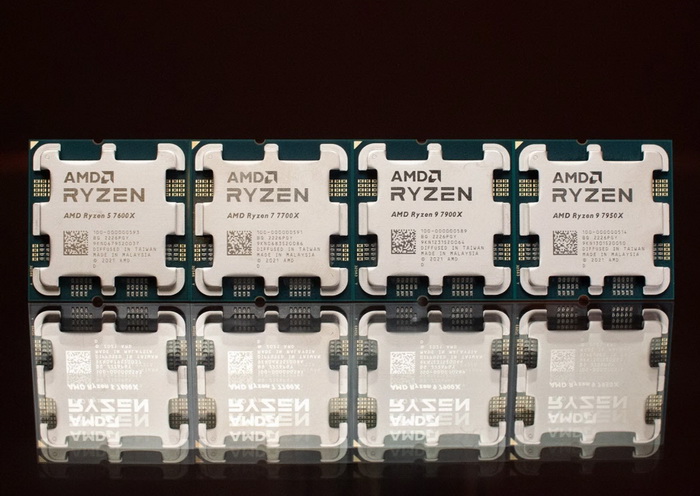
On the 27th of September AMD unveiled their latest Zen 4 AM5 (codename Raphael) desktop processor line which includes the Ryzen 5 7600X, Ryzen 7 7700X and Ryzen 9 7900X and 7950X models. As was expected even though the 13th generation of Intel desktop processors is almost here the latest Ryzen desktop processors with their high-performance and low power consumption didn't fail to impress all audiences from casual users and gamers to enthusiasts and professionals alike. Still at the time only the Ryzen 7 7700X and Ryzen 9 7950X desktop processors had arrived in the lab (reviews here/here) and so after spending almost a week with the Ryzen 5 7600X and Ryzen 9 7900X models its finally time for me to share my results with all of you.
For more than 50 years AMD has driven innovation in high-performance computing, graphics and visualization technologies. Billions of people, leading Fortune 500 businesses and cutting-edge scientific research institutions around the world rely on AMD technology daily to improve how they live, work and play. AMD employees are focused on building leadership high-performance and adaptive products that push the boundaries of what is possible.
With the entire Ryzen 7000 Series of Zen 4 AM5 (codename Raphael) models AMD has a clear aim, to win over consumers from all segments of the market, primarily gamers, enthusiasts and professionals. According to AMD the new Ryzen 7000 Series (Zen 4) which is based on the LGA1718 socket boasts an +13% increase in instructions per cycle/clock (IPC) together with an increase of up to 800MHz in core clocks both of which translate to a single core performance boost of up to +29% compared to the previous 5000 Series (Zen 3) generation. Performance is not the only thing AMD has moved forward at however, power consumption has also been dramatically improved since Zen 4 CCDs (Core Complex Dies - 70mm2 size - 6.5 billion transistors) have moved to an 5nm process (6nm for the I/O Die - 122mm2 size - 3.4 billion transistors) resulting in a very appealing 40% average gain in performance-per-watt (AMD Eco Mode also allows you to manually reduce the TDP of the CPU via the BIOS or their Master software). The entire Ryzen 7000 line (Zen 4) also sports integrated RDNA2 graphics which sport 2 compute units, 4 Asynchronous Compute Engines (ACE) and 1 Hardware Scheduler (HWS) with support for both HDMI v2.1 (HFR/48Gbps FRL/DSC/HDR10+/VRR) and DisplayPort v2.0 (Adaptive Sync/DSC/UHBR10/HDR) outputs. AMD has also further tweaked their infinity fabric technology and so now instead of the 1:1:1 approach (FCLK/UCLK/MCLK) of the previous 5000 Series (Zen 3) the new 7000 Series (Zen 4) uses an auto:1:1 approach meaning that it keeps the memory controller with the RAM at an 1:1 ratio whereas Infinity Fabric is set between 1600-2000MHz. This ensures optimal cooperation between the new Zen 4 CPUs and DDR5 RAM, especially low-latency modules following the EXPO memory certification by AMD. The EXPO technology by AMD is similar to XMP but aside being licence and royalty free it's also optimized for the new Zen 4 CPU line (up to 11% gains in gaming). As for the Ryzen 5 7600X and Ryzen 9 7900X desktop processors these are 6/12 core, 12/24 thread models with a maximum TDP of 105/170W (230W max socket power), 4.7GHz base clock, 5.3/5.6GHz max boost clocks and a TjMax of 95 degrees Celsius (L2 cache is set at 6/12MB whereas L3 cache is set at 32/64MB). So, time to see how these two compare not only to the Ryzen 7 7700X and the Ryzen 9 7950X but many past desktop processor models.
SPECIFICATIONS AND FEATURES

THE RYZEN 5 7600X & RYZEN 9 7900X
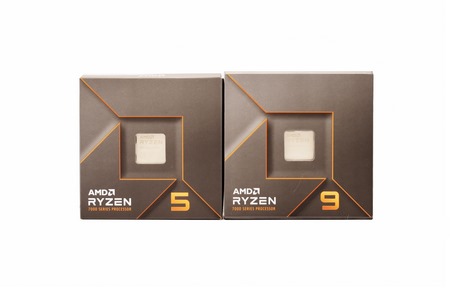
 Just like with the Ryzen 7 7700X and the Ryzen 9 7950X the Ryzen 5 7600X and Ryzen 9 7900X are packed in similar boxes (small for the 7600X and large for the 7900X).
Just like with the Ryzen 7 7700X and the Ryzen 9 7950X the Ryzen 5 7600X and Ryzen 9 7900X are packed in similar boxes (small for the 7600X and large for the 7900X).
Once again alongside these processors AMD packs an case sticker and the installation instructions, warranty information paper.
The new AM5 (Raphael) socker CPUs are completely compatible with AM4 coolers so consumers have quite the available selection from the get go.
There are two gaps on the lid of the new AM5 models but as i showcased on my Ryzen 9 7950X review thermal paste doesn't fall in them (just as long as you don't use an excessive amount).
One of the biggest changes AMD made this time over was moving away from the traditional pins on/beneath their CPUs.
In the above picture you can see an exposed view (de-lidded) of a 7000 Series Zen 4 CPU.
As with my other AM5 reviews I’ll be using the ASRock X670E Taichi to test the Ryzen 5 7600X and Ryzen 9 7900X desktop processors.
For this review I'll also be using the EXPO compatible Trident Z5 Neo DDR5 32GB 6000MHz CL30 kit by GSkill and the NFP425 2TB M.2 NVMe Gen 4 SSD by Neo Forza.
People often ask what thermal paste i use for my motherboard and CPU reviews and the answer is none other than the NT-H2 by Noctua.
The HOF GeForce RTX 3080 Ti OC Labs Edition of course completes the system.
RYZEN MASTER SOFTWARE
The Ryzen Master software can be used both to increase and decrease the frequency (and thus TDP/power consumption) of your CPU via Windows, either manually or automatically. There's a similar menu in the bios of the ASRock X670E TAICHI but since it's not quite as easy to use this could be ideal for you. Now I don’t really think this software can be very useful for the Ryzen 5 7600 and Ryzen 7 7700X desktop processors since they aren’t power hungry enough (still, some people may want them for even lower power consumption roles like for HTPC systems) but when it comes to the two members of the Ryzen 9 family (7900X/7950X) then yes, you could reduce power consumption and still manage to surpass their predecessors in performance.
TEST BED
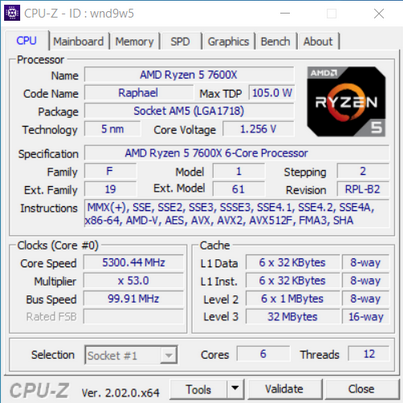
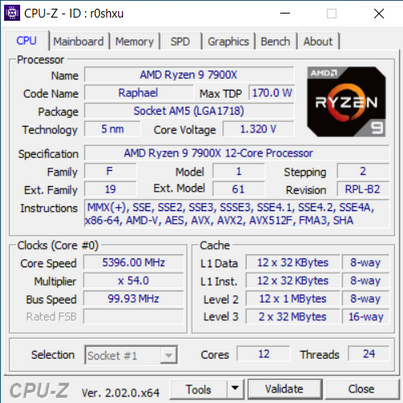

TESTING METHODOLOGY
To accurately test the performance of a CPU its clocks need to be set manually to a specific frequency/speed so to that end every model in my charts will be pushed near the maximum boost clock possible according to each manufacturer. I'll also try to use the same clocks and the same hardware configuration (motherboard, drive, memory, graphics card, cooler and power supply - even the same thermal paste will be used) when testing CPU models from the same series and as for operating system since till this day Windows 10 is still far more popular among consumers than Windows 11 I’ll be using a fresh Windows 10 Pro installation fully updated up to the day i begin my tests. Needless to say, the latest bios and drivers will be installed prior to recording my results.
As for the tests themselves they include the latest versions of both popular synthetic benchmarks and games. For synthetic benchmarks I’ll be using UL 3DMark Professional (Time Spy & CPU Profile), Maxon Cinebench, CPUID CPU-Z, Passmark Performance Test, Sisoftware Sandra Titanium and ASUS RealBench and as for games I’ll be using Horizon Zero Dawn Complete Edition by Guerrilla Games, F1 2022 by Codemasters and Forza Horizon 5 by Xbox Game Studios (time spy and games will be run at 1080p resolution with max settings). Each test will be repeated a total of 3 times and then the average numbers will get recorded in the charts. Also, since I’m positive many consumers and professionals alike would like to know I’ll also be using AIDA64 (stability test), CPU-Z (stress test) and HWMonitor to record the minimum and maximum temperatures and power consumption both at idle and after 5 minutes of heavy stress load (needless to say the cooler used will be set at 100% speed/performance – these results are only valid for the set clocks, if boost clocks climb even higher you can expect higher power consumption and temperatures).
TEST RESULTS - 3DMARK / CINEBENCH



TEST RESULTS - CPUZ / PERFORMANCE TEST


TEST RESULTS - SANDRA TITANIUM / REALBENCH


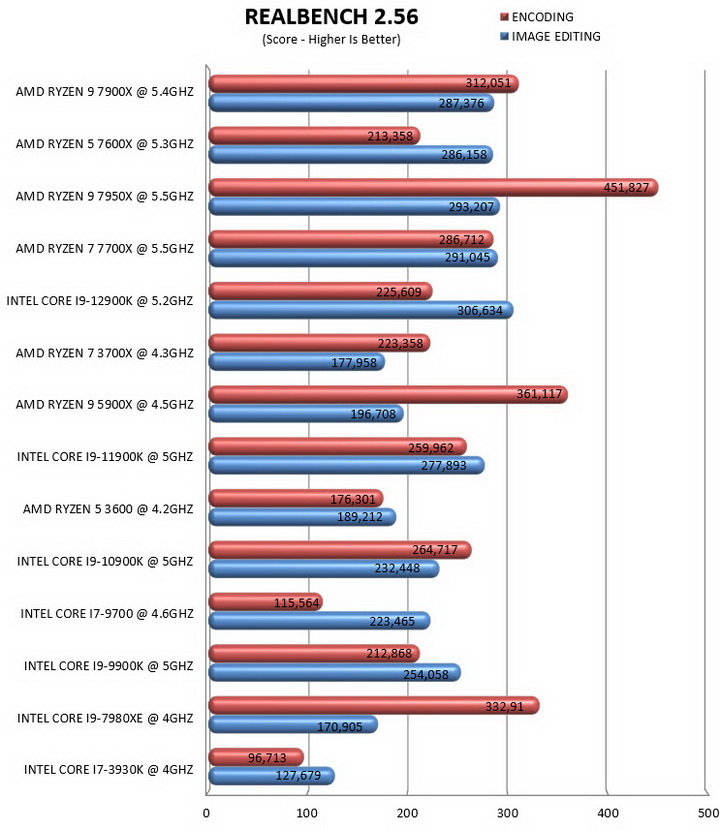
TEST RESULTS - HORIZON ZERO DAWN COMPLETE EDITION / F1 2022 / FORZA HORIZON 5



TEST RESULTS – TEMPERATURES / POWER CONSUMPTION
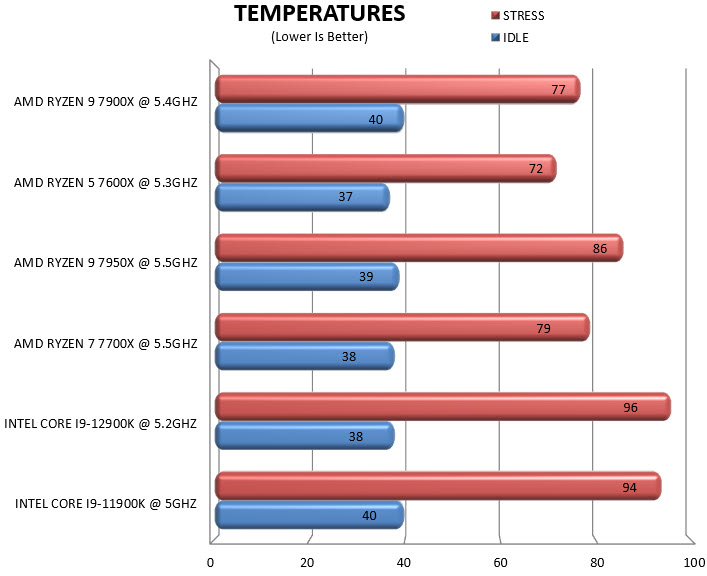
 ............
............
CONCLUSION
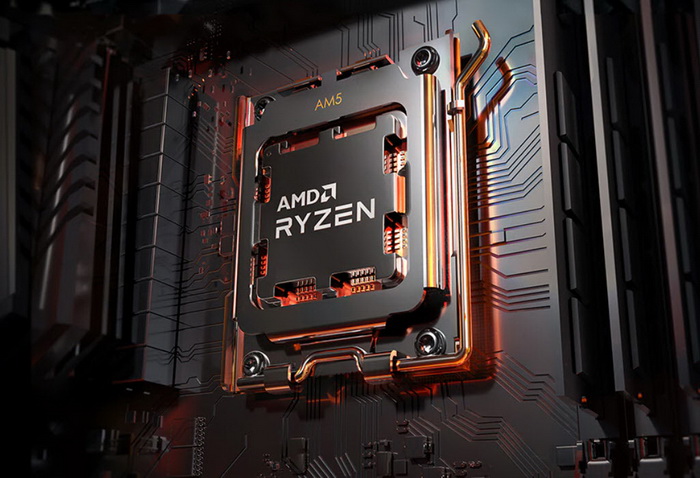
The entire Ryzen 7000 series of desktop processors performed well above my expectations (both in terms of performance and power consumption) and that of course includes the Ryzen 5 7600X and Ryzen 9 7900X models. Each of the 4 models I reviewed has its own target audience and so even though the Ryzen 5 7600X is great for daily use the Ryzen 7 7700X is clearly aimed towards gamers and the Ryzen 9 7900X and 7950X models are obviously aimed towards enthusiasts and professionals (very demanding professionals however will probably go with one of their Threadripper models). Needless to say, the Ryzen 7 7700X desktop processor has been my favourite during tests, not only its performance in games is the same or better compared to the Ryzen 9 models but power consumption has been extremely low (for what you’re getting) and you can effortlessly push it up to 5.5GHz (temperatures are good too). Speaking of clocks, I was a bit surprised to see that I couldn’t push the Ryzen 9 7900X over 5.4GHz (not without going over 1.4V, something I didn’t want so 5.4GHz at 1.32V was the clear choice) even though it has a boost clock of 5.6GHz but it is what it is I guess (likewise I chose 5.3GHz for the Ryzen 5 7600X since 5.4GHz and above was not practical).
The Ryzen 7000 Series of Desktop Processors by AMD have been available for exactly 8 days now and currently the Ryzen 5 7600X model retails for USD315.38 inside the USA (Amazon.com) and for 369.99Euros inside the EU (Amazon.de) whereas the Ryzen 9 7900X model retails for USD549 inside the USA (Amazon.com) and for 689.99Euros inside the EU (Amazon.de). As expected, these price tags are well above the MSRP released by AMD a few weeks back (especially in the EU - inflation does that I guess) so all that’s left is to see how the new Intel desktop processors do and how much they’ll retail for. That being said both the Ryzen 5 7600X and the Ryzen 9 7900X models deliver exactly what their target audiences have been waiting for (performance, power consumption and thermals) and for that they deserve the Platinum Award.

PROS
- Excellent Performance (Ryzen 9 7900X)
- Top Clocks (5300MHz / 5600MHz)
- EXPO DDR5 RAM (Low Latencies / Compatibility)
- Power Consumption (TDP)
- Integrated RDNA 2 Radeon Graphics
- Ryzen Master Software (Overclocking / Reduced Power Consumption)
- Pin Less Design
- AM5 Socket (Same As AM4)
CONS
- Imminent Launch Of Intel’s 13th Gen CPUs

 O-Sense
O-Sense















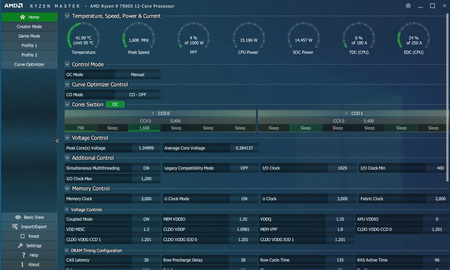




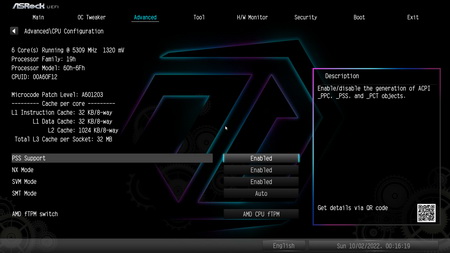



.png)

